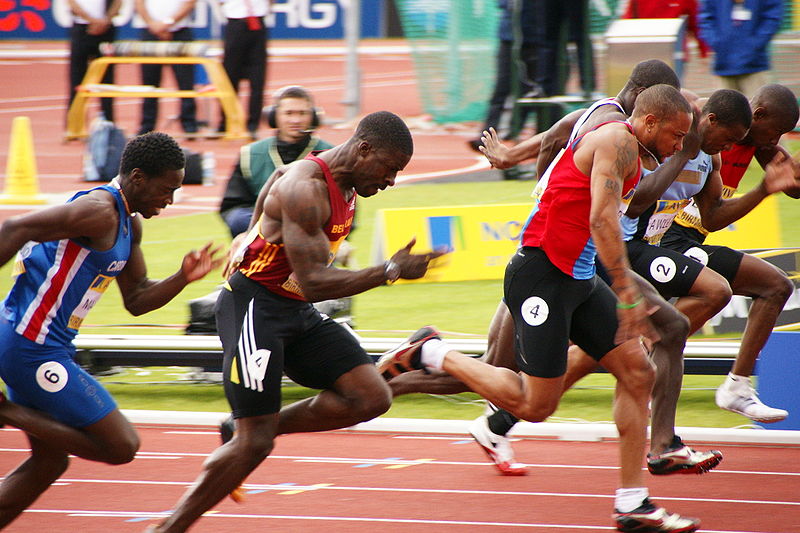Note that your final mark will not be saved in the system.
2.5 Performance-enhancing drugs in sport GapFill
You must fill all the gaps before clicking ‘Check Answers!’

Elite sports performers compete in events which are showcased to thousands, if not millions, of people from around the world. This places them in a unique position where they act as role models to many spectators. Yet on some occasions a very small minority of athletes succumb to the pressures, expectations and desires of winning, pushing them beyond legal means of achievement.
There have been many occasions when athletes have used drugs (PEDs) to give them that extra edge against competitors. Below is a selection of examples of athletes who have used PEDs, the they faced, and the impact that drug taking has had on the reputation of that particular sport.
Examples from track and field events:
- Dwain Chambers was a British 100 m runner who tested positive for use in 2003. He received a two-year ban from athletics and a lifetime ban from the Olympics.
- Marion Jones is a former American athlete who competed in both track and field events, specialising in the 100 m, the 200 m and the long jump. Her most notable achievements were at the 2000 Sydney Olympic Games, where she won five medals – three gold and two bronze. Despite repeatedly denying her use of PEDs until as late as 2007, she finally admitted to taking (to increase her power and speed) in the lead-up to the Sydney Olympics and was subsequently her medals and sentenced to six months in prison.
These aren't the only two famous cases in track and field events. Other famous 100 m sprinters who have tested positive include Ben Johnson in 1988 and Tyson Gay in 2013. In 2019, the entire team was banned from competing in major competitions for four years after evidence of systematic state-sponsored doping was revealed. The impact that this has on track and field events is a of results and of future standout performances or world record breakers.
Examples in road cycling events:
- Lance Armstrong is a former American road cyclist who won the Tour de France seven times in a row from 1999 to 2005. However, in 2013 he admitted to taking a range of drugs, most notably for its endurance performance effects. He was subsequently banned for life and stripped of all titles, and he suffered a heavy financial blow in the form of withdrawal by .
- David Millar is a retired Scottish road cyclist, famous for four Tour de France stage wins. He was found guilty of taking in 2004 and was handed a two-year ban from British Cycling.
These doping offences have a similar impact on the perception of results of future sporting performances. For all the good that the successes of these athletes have done for the reputation of the sport, it is all immediately undone by being found guilty.